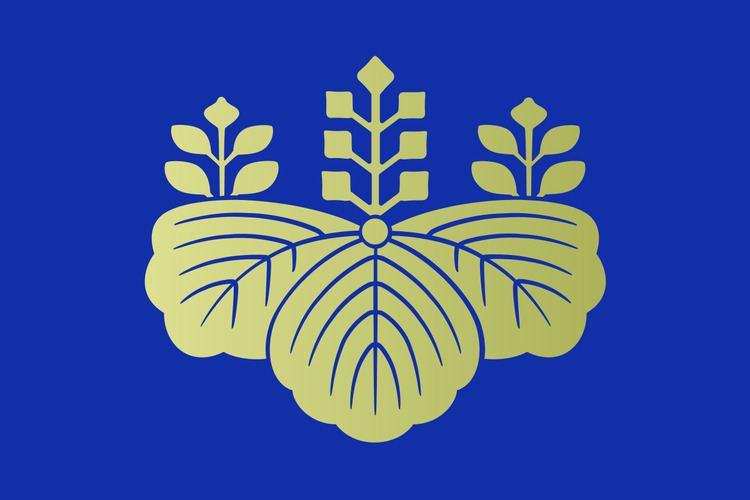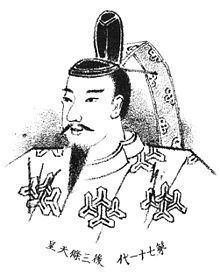Predecessor Go-Reizei Name Emperor Go-Sanjo | Successor Shirakawa Role Sovereign Parents Princess Teishi | |
 | ||
Children Emperor Shirakawa, Princess Tokushi Similar People Emperor Shirakawa, Emperor Murakami, Emperor Uda, Emperor Go‑Kameyama, Empress Go‑Sakuramachi | ||
Emperor Go-Sanjō (後三条天皇, Go-Sanjō-tennō, September 3, 1034 – June 15, 1073) was the 71st emperor of Japan, according to the traditional order of succession.
Contents

Go-Sanjō's reign spanned the years from 1068 through 1073.
This 11th century sovereign was named after Emperor Sanjō and go- (後), translates literally as "later;" and thus, he is sometimes called the "Later Emperor Sanjō", or, in some older sources, may be identified as "Sanjō, the second" or as "Sanjo II."
Traditional narrative
Before his ascension to the Chrysanthemum Throne, his personal name (imina) was Takahito-shinnō (尊仁親王).
Takahito-shinnō was the second son of Emperor Go-Suzaku. His mother was Empress (kōgō) Sadako (禎子内親王), the third daughter of Emperor Sanjō, making him the first Emperor in 170 years (since Emperor Uda) whose mother was not of Fujiwara descent paternally. His father and mother were grandchildren of Fujiwara no Michinaga maternally. The Empress mother of the future Emperor Go-Sanjō was also known as Tishi, and a Yōmei-mon In (1012–94).
Go-Sanjō had seven Imperial sons and daughters.
Events of Go-Sanjō's life
Because Prince Takahito was not of Fujiwara descent, the Kampaku, Fujiwara no Yorimichi neglected him, but Emperor Go-Suzaku decreed that upon his elder brother Chikahito's enthronement (as Emperor Go-Reizei), that Takahito would become the heir (kōtaitei). As Go-Reizei had no children of his own, upon his death, Takahito became emperor.
Yorimichi's younger brother Norimichi became kampaku, but Go-Sanjō was determined to rule personally.
Go-Sanjō is buried amongst the "Seven Imperial Tombs" at Ryōan-ji in Kyoto.
The actual site of Go-Sanjō's grave is known. This emperor is traditionally venerated at a memorial Shinto shrine (misasagi) at Kyoto.
The Imperial Household Agency designates this location as Go-Sanjō's mausoleum. It is formally named Yensō-ji no misasagi.
The mound which commemorates the Hosokawa Emperor Go-Sanjō is today named Shu-zan. The emperor's burial place would have been quite humble in the period after Go-Sanjō died.
These tombs reached their present state as a result of the 19th century restoration of imperial sepulchers (misasagi) which were ordered by Emperor Meiji.
Kugyō
Kugyō (公卿) is a collective term for the very few most powerful men attached to the court of the Emperor of Japan in pre-Meiji eras. Even during those years in which the court's actual influence outside the palace walls was minimal, the hierarchic organization persisted.
In general, this elite group included only three to four men at a time. These were hereditary courtiers whose experience and background would have brought them to the pinnacle of a life's career. During Go-Sanjō's reign, this apex of the Daijō-kan included:
Eras of Go-Sanjō's reign
The years of Go-Sanjō's reign are more specifically identified by more than one era name or nengō.
Consorts
Go-Sanjō had three consorts.
